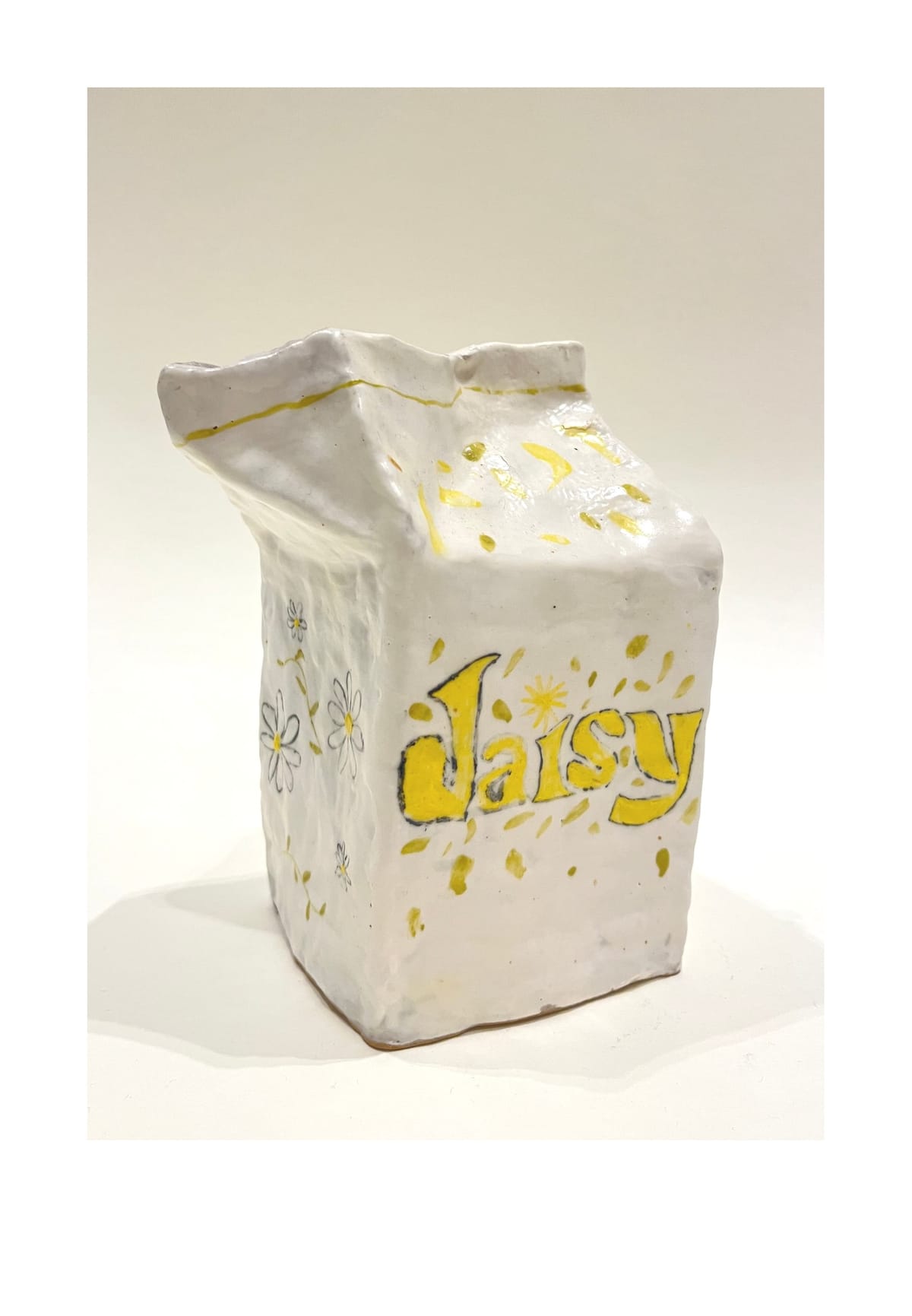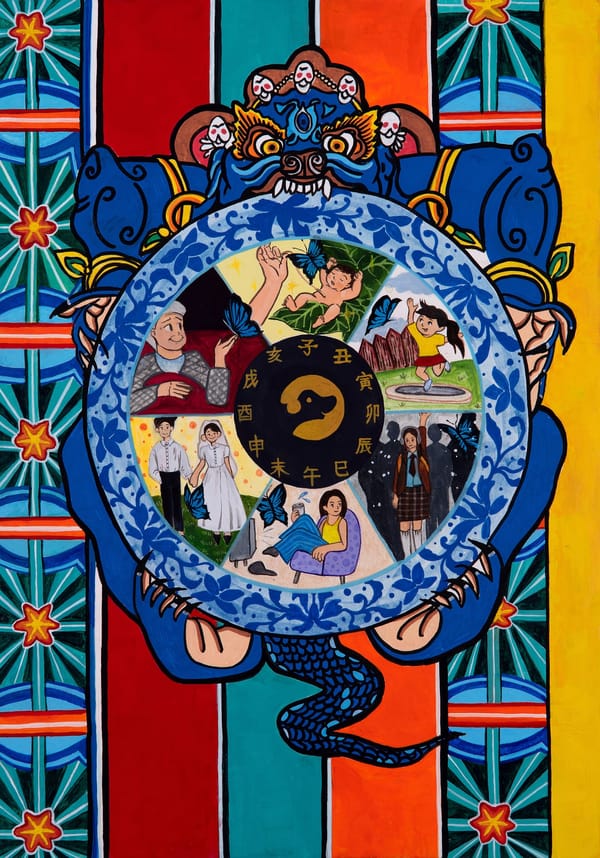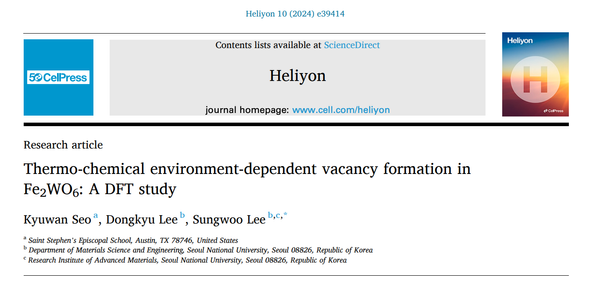Kintsugi and Boxing: Finding Focus in Isolation

There’s a certain isolation I feel when I’m practicing Kintsugi, the Japanese art of mending broken pottery with gold lacquer. It’s an experience of complete immersion, where my focus narrows to the tiniest details: the delicate cracks in the ceramic, the consistency of the lacquer, the golden lines that I carefully paint along the fractures. When I’m mending these pieces, it’s as though the rest of the world fades away, leaving only me and the quiet, repetitive motions of repair.
This isolation isn’t unfamiliar to me. In fact, it feels a lot like being in the boxing ring. I know that might sound strange—after all, what does a craft that involves painstakingly mending broken pottery have in common with boxing, a sport defined by intense bursts of energy, sweat, and impact? But in both Kintsugi and boxing, I find myself in a similar headspace, where everything else drops away, and I’m left alone in my focus, surrounded by an intense stillness that is as challenging as it is comforting.
The Intensity of Isolation in Kintsugi
Kintsugi is a slow, meditative process, one that demands patience and precision. I take a seat, put on my headphones, and tune out everything else, losing myself in the task of carefully filling each fracture with gold or red lacquer. Every line, every brushstroke, has to be perfect, because even the slightest mistake can throw off the entire repair. It’s a solitary experience, where I’m fully absorbed by the broken piece in front of me, and nothing else exists outside of that moment.
It’s a paradoxical feeling—this isolation can be lonely, yet somehow freeing. I’m fully with myself, left to confront my own thoughts, my own intentions, and sometimes my own doubts. The isolation lets me forget about the outside world, but it also demands that I trust myself, that I am comfortable in my own presence. I am in control of each decision, each movement, and that quiet power is both intimidating and reassuring.
Boxing: The Same Focus, a Different Form
When I’m in the boxing ring, I feel a similar sense of isolation, but it comes in a different form. In the ring, it’s just me, my opponent, and the rhythm of movement, strike, and defense. The crowd fades, my own thoughts quiet down, and I enter a space where I’m intensely aware of my body and my surroundings. Every decision, every movement is mine alone. Like Kintsugi, boxing demands precision and focus; each punch and block requires me to stay present, fully aware of my own strength and my opponent’s next move.
People might think of boxing as violent, but to me, it’s an art of discipline and control. Just as in Kintsugi, where I carefully guide gold into the cracks of broken pottery, in the ring I’m controlling my energy, channeling my power in the right direction. Boxing is about respect—respect for the sport, for my opponent, and for myself. In both boxing and Kintsugi, I’m engaging in a dance of focus and restraint, and I can’t afford to be distracted. The focus is all-consuming, and it can feel isolating, yet I find power in that isolation.
The Beauty of Isolation in Focus
In both Kintsugi and boxing, isolation is a tool that lets me connect more deeply with myself. It’s during these moments of solitude, whether in the studio or the ring, that I learn the most about myself. I learn my strengths, my weaknesses, and my capacity for resilience. Kintsugi teaches me patience, to trust the process even when it feels slow. Boxing, on the other hand, teaches me confidence and quick thinking, to rely on my instincts and trust my abilities in the heat of the moment.
People often think of isolation as something negative, something to be avoided. But for me, it’s necessary. It’s in these moments of intense focus that I feel most alive and connected to who I am. I’ve come to understand that both Kintsugi and boxing demand a willingness to be alone in your own thoughts, to face the challenges head-on without relying on anyone else.
Embracing the Process of Repair and Strength
In Kintsugi, broken pieces are celebrated, not hidden, with each crack emphasized by gold. It’s a reminder that imperfections don’t lessen the value of an object; rather, they add to its history and beauty. In a way, boxing mirrors this idea. Each bruise, each sore muscle, is part of my journey, part of the work I’m putting in to grow stronger, faster, and more resilient. Both practices teach me to embrace my flaws, my cracks, and to see them as something to celebrate rather than conceal.
When I’m mending pottery or training in the ring, I’m reminded that beauty and strength don’t come from being flawless; they come from resilience, from the willingness to keep going, to repair and rebuild after every setback. Kintsugi and boxing may seem worlds apart, but in both, I find a sense of purpose, a reminder of my own strength, and a quiet, powerful beauty in the isolation that brings me closer to myself.
In that isolation, whether I’m holding a piece of broken pottery or standing in the ring, I find not only the courage to face challenges but also the calmness to appreciate the journey. Each crack, each scar, each moment of solitude—they’re all part of the process. And through both Kintsugi and boxing, I’m learning that isolation can be a place of immense focus, healing, and growth.



